healthy orchid roots?
jamie6788
10 years ago
Related Stories

HOUSEPLANTSHow to Grow Orchids Indoors
Orchids are the exotic aristocrats of the flower world and can make themselves comfortable in almost any home
Full Story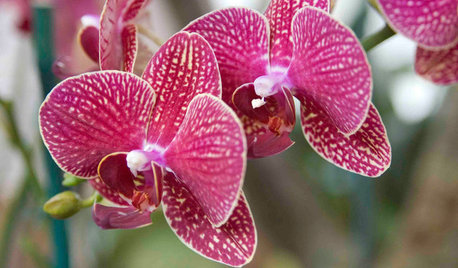
HOUSEPLANTSOrchids 101: How to Keep Your Moth Orchids Alive and Blooming
Growing Phalaenopsis — and getting it to flower again — is easier than you might think
Full Story
HOUSEPLANTS8 Essentials for Healthy Indoor Plants
Houseplants add so much to our homes — and can thrive when grown in the right conditions. Keep these tips in mind
Full Story
GARDENING GUIDESHealthy Home: How to Go Green With a Living Wall or Roof
See 10 ways to add this earth-friendly element to your home
Full Story
CONTAINER GARDENSFreshen Up the Bath With Lush and Healthy Plants
Learn how to choose and care for plants that will do well in your space
Full Story
FLOWERSSee the Amazing Orchids Unfolding at a New York Garden Show
Get an eyeful of awe-inspiring orchids in incredible colors and learn how to keep one happily blooming at home
Full Story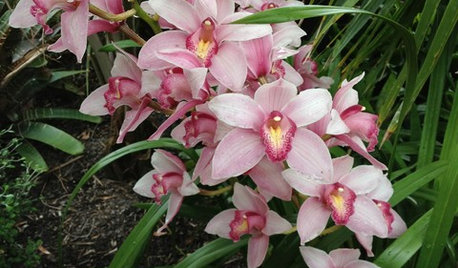
FLOWERSOrchids 101: Cymbidiums Add Beauty Indoors and Out
Their large, long-lasting flowers give them a place of honor in homes and gardens
Full Story
GARDENING GUIDESHow to Keep Your Trees Healthy
Ensure your trees’ vigor for years to come with these tips for protecting roots, watering effectively and more
Full Story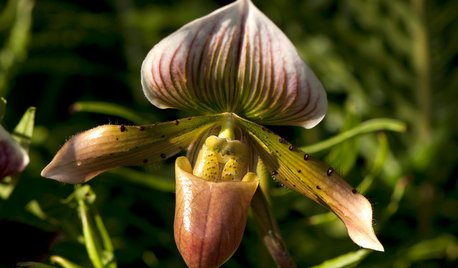
HOUSEPLANTSOrchids 101: Slipper Orchid Success
If you don’t already love Paphiopedilums, learning how to grow them with ease might change your mind
Full Story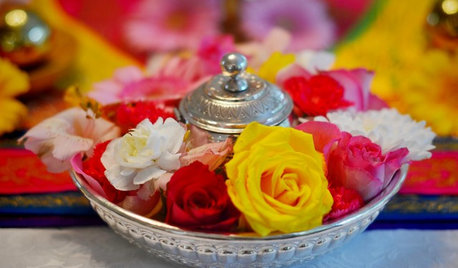
FEEL-GOOD HOMERejuvenate Your Home With Deep-Rooted Traditions
Give the subtle energies and spiritual side of your home some attention, and watch newfound calm and beauty blossom
Full Story





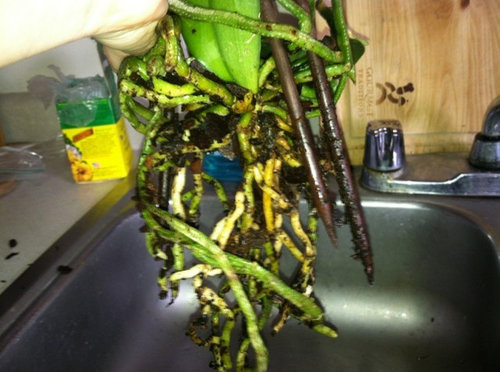



greenman28 NorCal 7b/8a
paul_
Related Professionals
New Bedford Landscape Architects & Landscape Designers · Beavercreek Landscape Architects & Landscape Designers · Grand Haven Landscape Architects & Landscape Designers · Hyattsville Landscape Architects & Landscape Designers · Southfield Landscape Architects & Landscape Designers · Duarte Landscape Contractors · Fishers Landscape Contractors · Louisville Landscape Contractors · Mashpee Landscape Contractors · New Berlin Landscape Contractors · Pahrump Landscape Contractors · Point Pleasant Landscape Contractors · Welby Landscape Contractors · New Carrollton Landscape Contractors · Vienna Handymanjamie6788Original Author
paul_